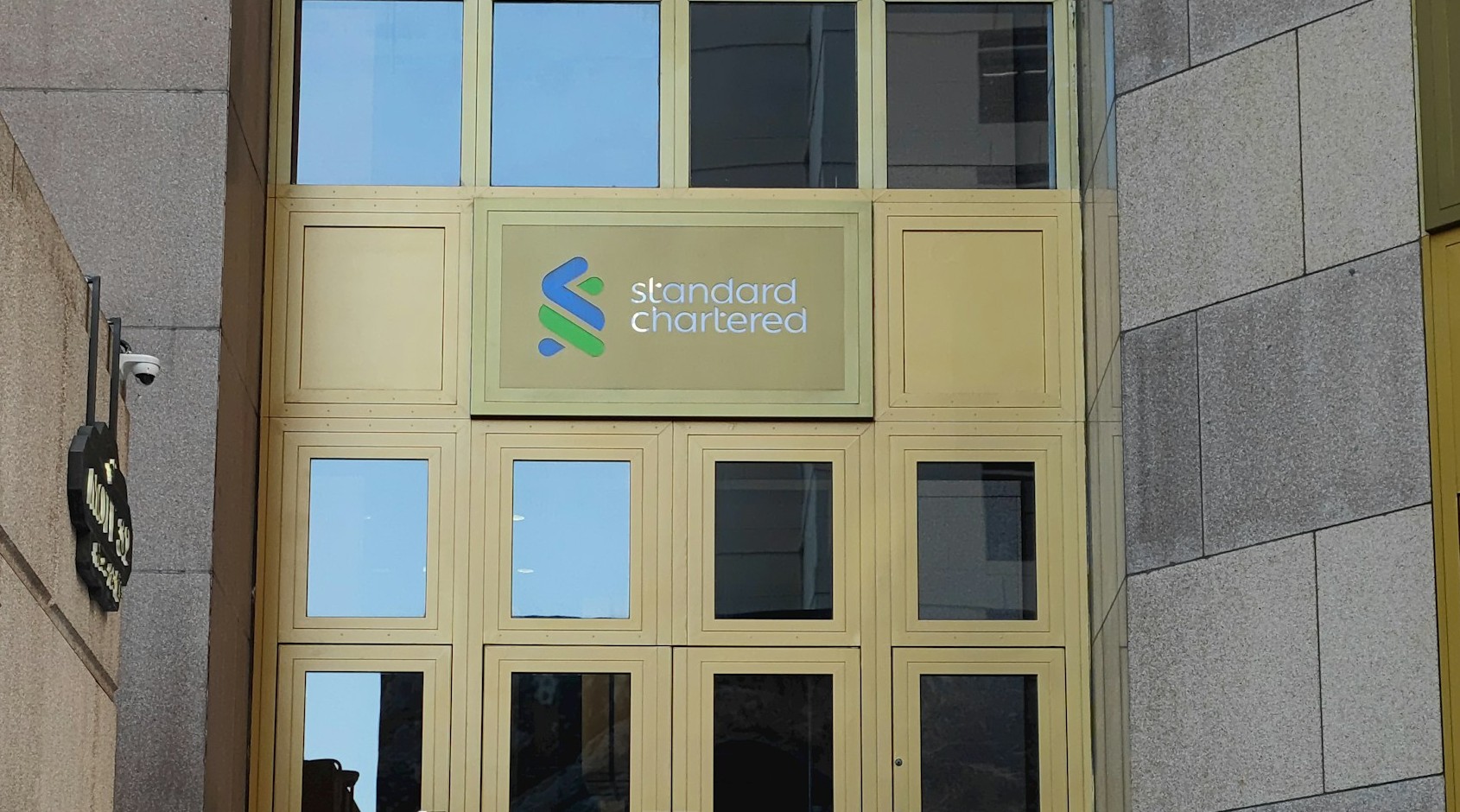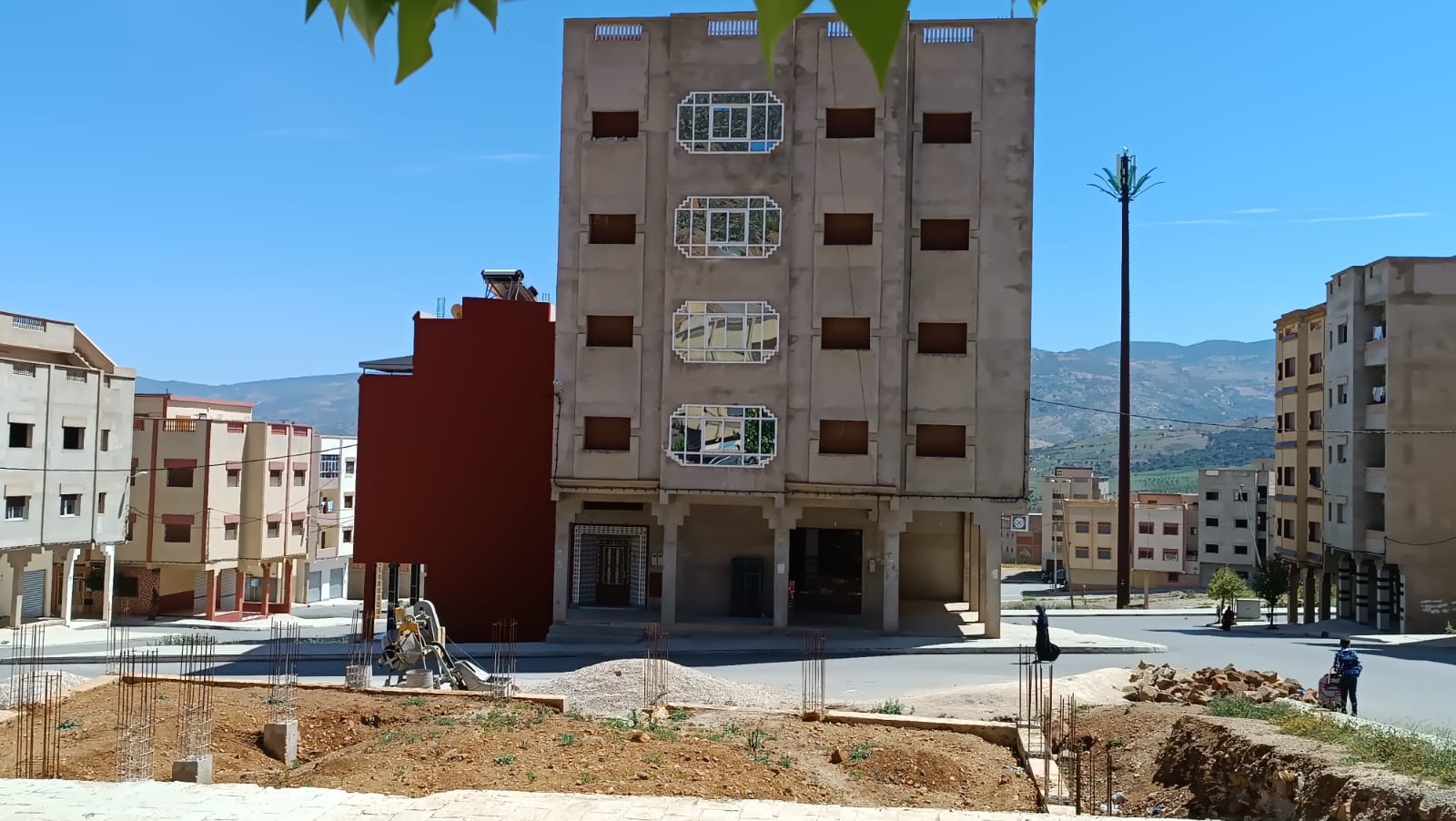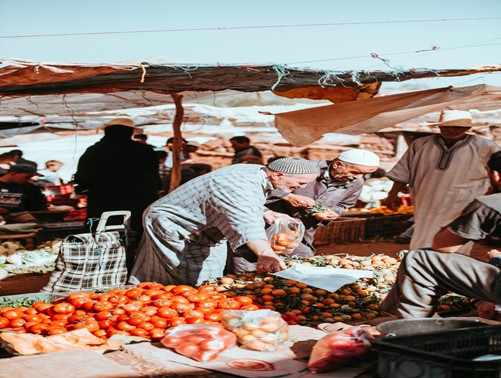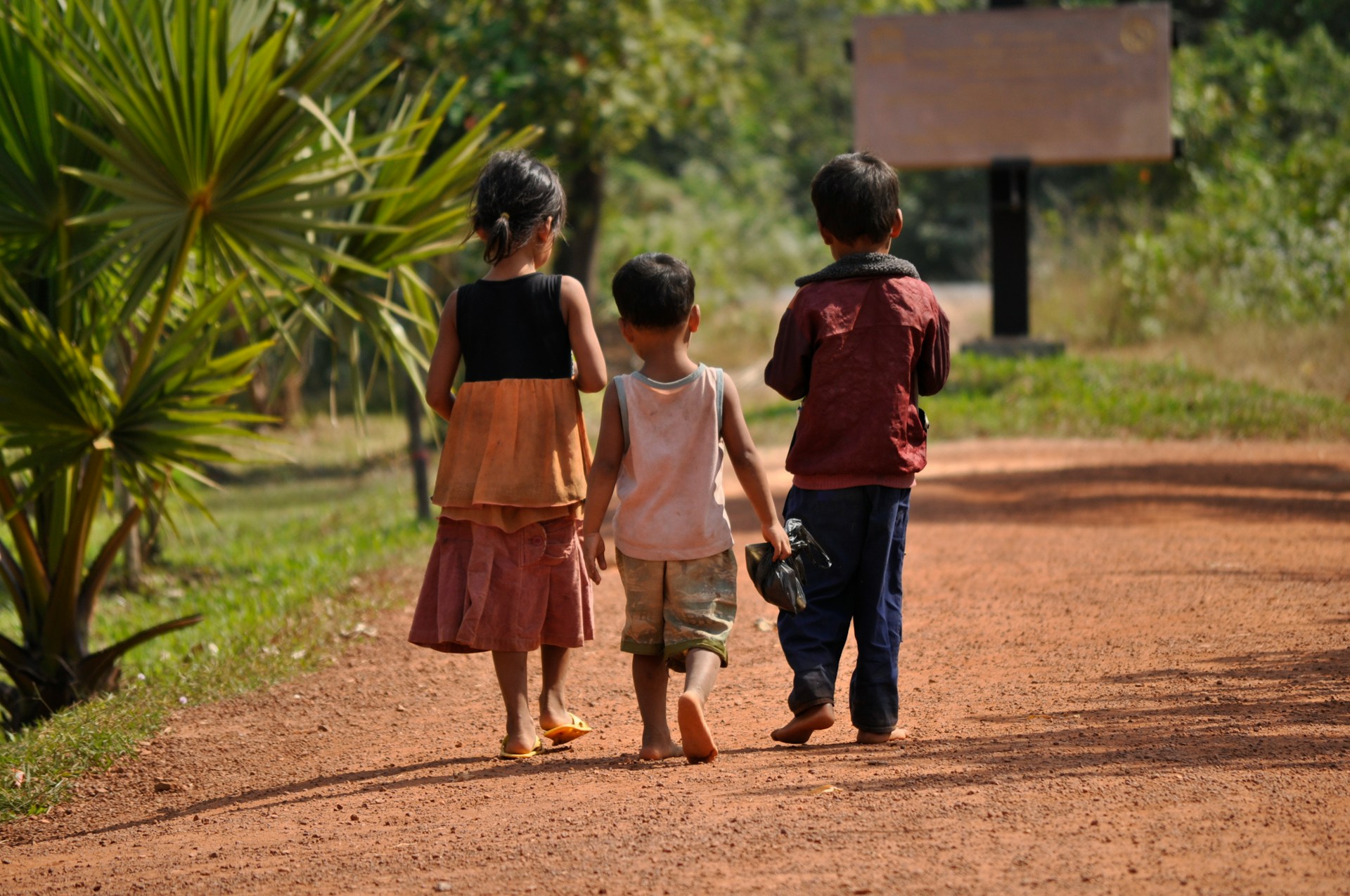Casablanca – According to the latest report as of April 19, around 8,500 people have benefited from the “Daam Sakan” housing assistance program. However, some experts in the real estate industry suggest a closer examination of this number is needed. They point out that most of these benefits are for homes that were already built before the “Daam Sakan” (housing support) program started. This indicates that the program hasn’t had the impact many were hoping for.
The economic situation in Morocco is challenging, and the real estate market is experiencing a slowdown. Despite this, the government continues to support homebuyers financially. For homes priced below 300,000 dirhams (including taxes) (approximately $30,900), eligible individuals can receive 100,000 dirhams from the government (approximately $10,300). For homes priced between 300,000 and 700,000 dirhams (including taxes) (approximately between $30,900 and $72,160), the government provides 70,000 dirhams (approximately $7,220).
Prime Minister Aziz Akhannouch recently addressed the program, reporting that by April 1st, almost 61,000 people had applied through the “Daam Sakan” (housing support) website, and most of them are eligible. The program has a yearly budget of 9 billion dirhams (approximately $927.85 million) and aims to assist 330,000 families between 2024 and 2026, or about 110,000 families each year. Akhannouch stressed that the program is fair, with clear housing prices to prevent unfair price hikes, especially in big cities like Casablanca and Rabat.
In less expensive areas like Taroudant or Zagora, homes can cost less than 300,000 dirhams (approximately $30,900), and you might be able to buy one for 250,000 dirhams (approximately $25,800), with the government covering half of the cost. The funds are disbursed directly to buyers through a notary, making the process quick and clear. So far, 8,500 people have benefited from this direct assistance, but a deeper analysis of these numbers is warranted.
The predominance of benefits going to pre-existing homes underscores the program’s limited impact thus far. The government emphasizes the importance of measuring the program’s success based on tangible outcomes and identifying who truly benefits. Building new homes within four months of the program’s inception presents significant challenges.
Some real estate experts contend that the government’s report on the new housing program lacks critical details. They seek more information, particularly on the number of homes granted construction permits this year that can benefit from the program. This represents a significant departure from the housing program launched in 2010, which garnered substantial developer interest. Developers are currently disappointed due to fewer building permits issued for eligible homes in 2023, reflecting the hurdles faced by the real estate sector under the revised aid system.
Real estate developers express uncertainty about the effectiveness of the new housing aid program. They highlight the scarcity of homes priced below 300,000 dirhams (approximately $30,900) in major cities like Rabat or Casablanca, largely due to size constraints. Developers also lament extended delays in obtaining building permits, with wait times of up to a year and a half and no avenue for appealing rejections. They believe that government oversight of construction processes adds unnecessary complexity to their operations. Furthermore, experts in the real estate sector criticize the government’s report for its lack of crucial details regarding the number of homes approved for construction (or under review) since January 1st.
















